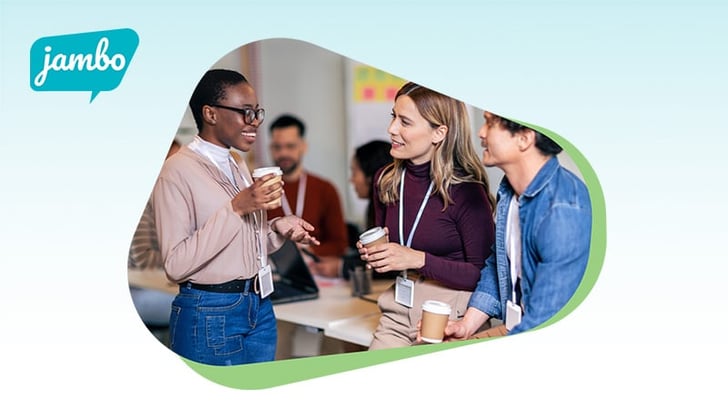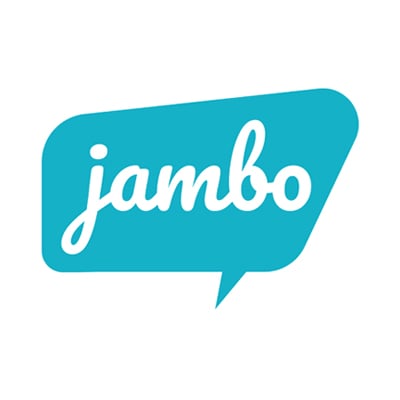
Flexible engagement options
Recognize that people have busy lives and traditional meetings may only work for some.
You can offer flexible engagement options, such as making sessions available in-person and online. This allows people to engage at their convenience, making it more accessible to a broader audience. However, offering only some engagement opportunities online is important as people may lack the required access or knowledge to use the technology.
Meetings should be arranged at convenient times (e.g., not during business hours). You could hold meetings at different times and in various locations. Also, could you think about avoiding popular holiday times in the areas?
Language and accessibility
Removing language and accessibility barriers helps create an inclusive environment.
Ensure that your engagement materials and meetings are available in multiple languages if needed. Consider literary issues in the area and how you can better include everyone. Provide closed captioning for online sessions (or sign language options).
Consider accessibility to buildings where meetings are being held. Review if facilities are hard to access by those with disabilities and avoid locations that are hard to get to for people without access to transport.
Build trust and overcome fear.
Building trust is a long-term process. The past conflict between your organization and the target community may account for poor participation.
Begin by acknowledging past issues or concerns and committing to a more inclusive approach. Engage with community leaders and organizations to vouch for the process's fairness and transparency. Address concerns openly and work to resolve them, demonstrating that participation is valued and respected.
Empower marginalized groups
Recognize and address the power imbalances that can come with community and stakeholder engagement.
People may lack the assurance or ability to participate in an engagement process. Conventional public gatherings can feel overwhelming to certain people.
Actively seek input from marginalized groups and provide resources and support to help them participate effectively. This may include training, childcare services, financial aid, or transportation assistance.
Removing barriers to participation in community and stakeholder engagement is essential.
Eliminating barriers to participation in community and stakeholder engagement is critical to creating inclusive, informed, and effective decision-making processes.
By understanding and addressing these barriers, increasing awareness, offering flexible engagement options, and building trust, you can foster an environment where everyone's voice is heard and valued.
Embracing diversity and inclusivity in community engagement efforts ultimately leads to better outcomes for all involved parties.








